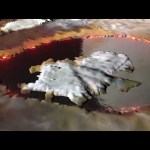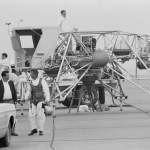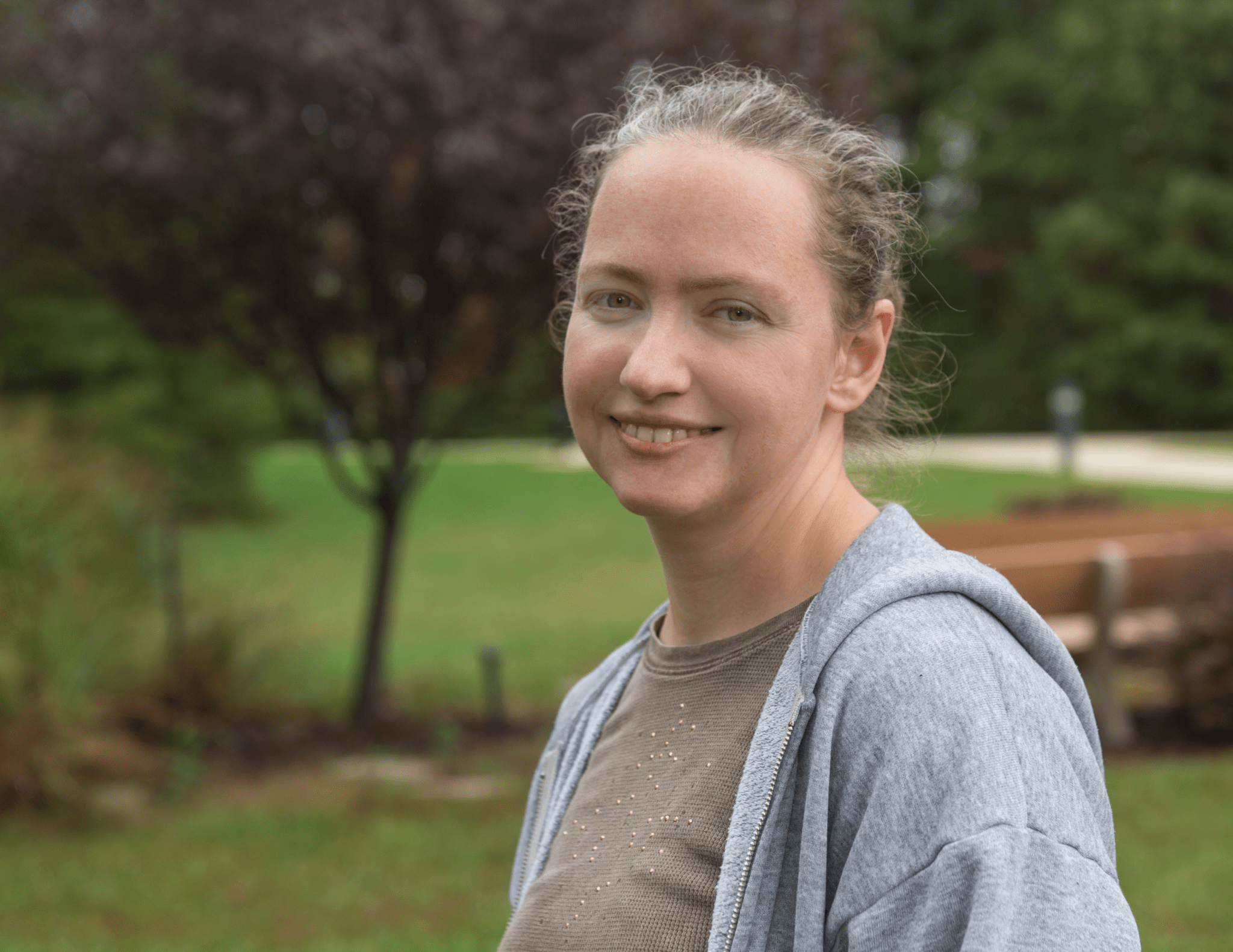
Name: Gala Wind
Title: Research Scientist
Organization: Code 613, Climate and Radiation, Laboratory for Atmospheres, Science Mission Directorate
Gala Wind likes observing, as both an experimental scientist and as a horse whisperer.
What do you do and what is most interesting about your role here at Goddard? How do you help support Goddard’s mission?
As an experimental scientist, I use satellite and aircraft sensor data to determine various things about clouds such as how high they are, how thick they are, what they are made of (ice or liquid water) and other similar data. We use this data for models, climate studies and other applications. I produce the data and ensure that it is reliable so others can use this data for their own applied research.
What do you enjoy most about fieldwork?
Field campaigns are the best part of my job. Field campaigns are fun. I provide software support on field campaigns. I love the unusual hours involved in a field campaign. It may not be for everybody, but it is for me.
I’ve done field campaigns in Mexico, Houston and Costa Rica. In 2007, I did a field campaign in Costa Rica which was my favorite. I was there for almost a month supporting the Moderate Resolution Imaging Spectroradiometer Airborne Simulator instrument. We used the aircraft data to validate satellite observations by flying the aircraft directly under the satellite as the satellite is passing over so that the two paths align as close as possible.
The Costa Rica field campaign was especially exciting because it was the first time that we used the Cross-platform HIgh resolution Multi-instrument AtmosphEric Retrieval Algorithms system that I developed in the field. The CHIMAERA system allows us to run the same exact code on both the satellite and the aircraft for better validation. Now CHIMAERA is the validation standard.
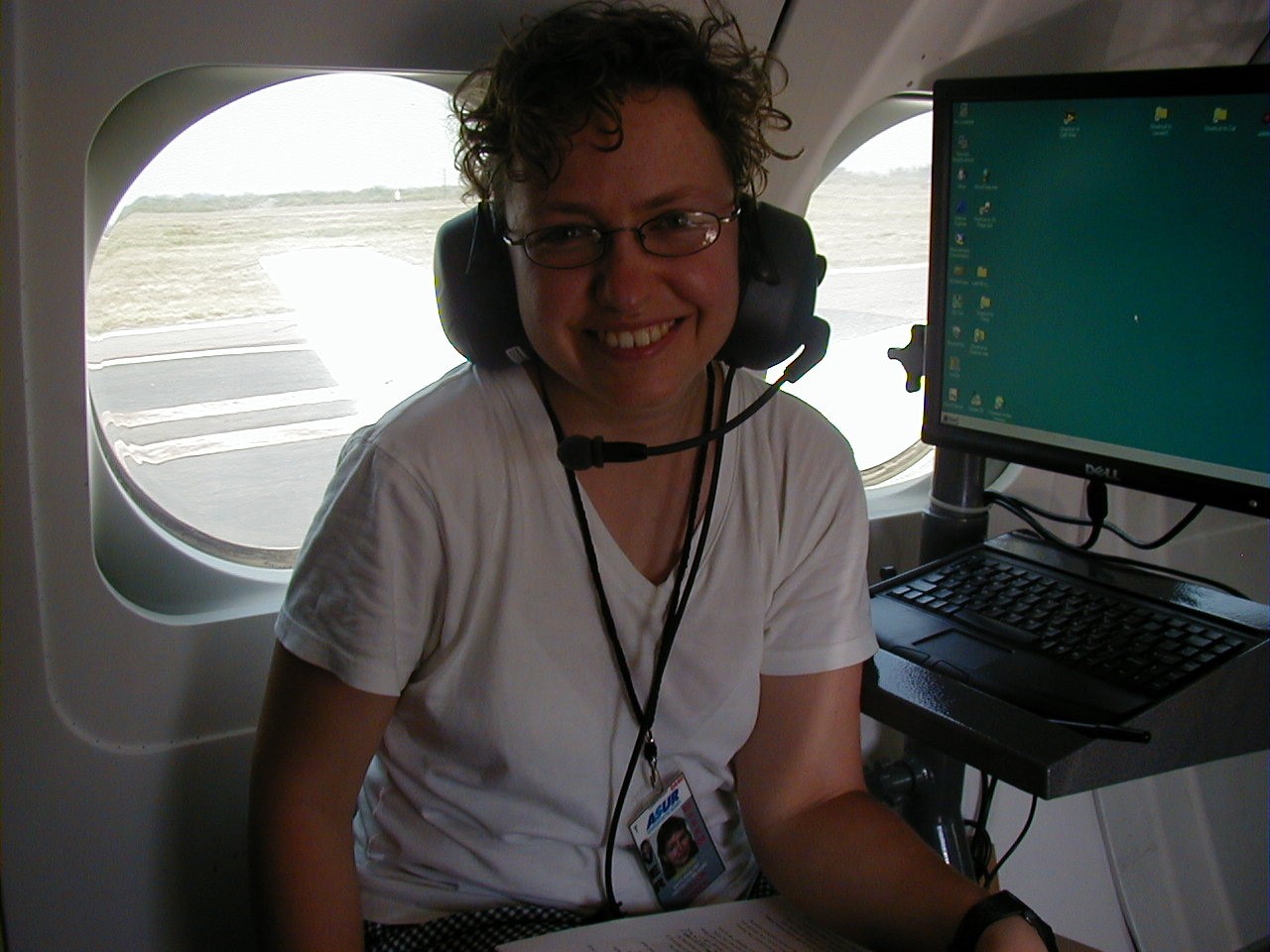
Why did you become a research scientist?
When I was 10 years old, I read “The Andromeda Nebula” by Ivan Efremov and decided to become an astrophysicist. My father was a physicist and my grandmother was a biologist. I wasn’t pushed into science, but science was always around me so I became interested.
What is your educational background?
I was born and raised in Moscow through completion of high school. After high school graduation in 1994, my father and I moved to St. Louis, Missouri.
After two years, I went to the University of Illinois from which I got a bachelor’s and my first master’s degree both in computer science. I put myself through both programs.
In 2002, I began at Goddard right after I received my master’s degree to work with the Cloud Retrieval Group and have worked with this same group ever since.
In 2010, while at Goddard, I got my second master’s degree in atmospheric science from the University of Maryland. I am currently finishing my dissertation for a doctorate in atmospheric science.
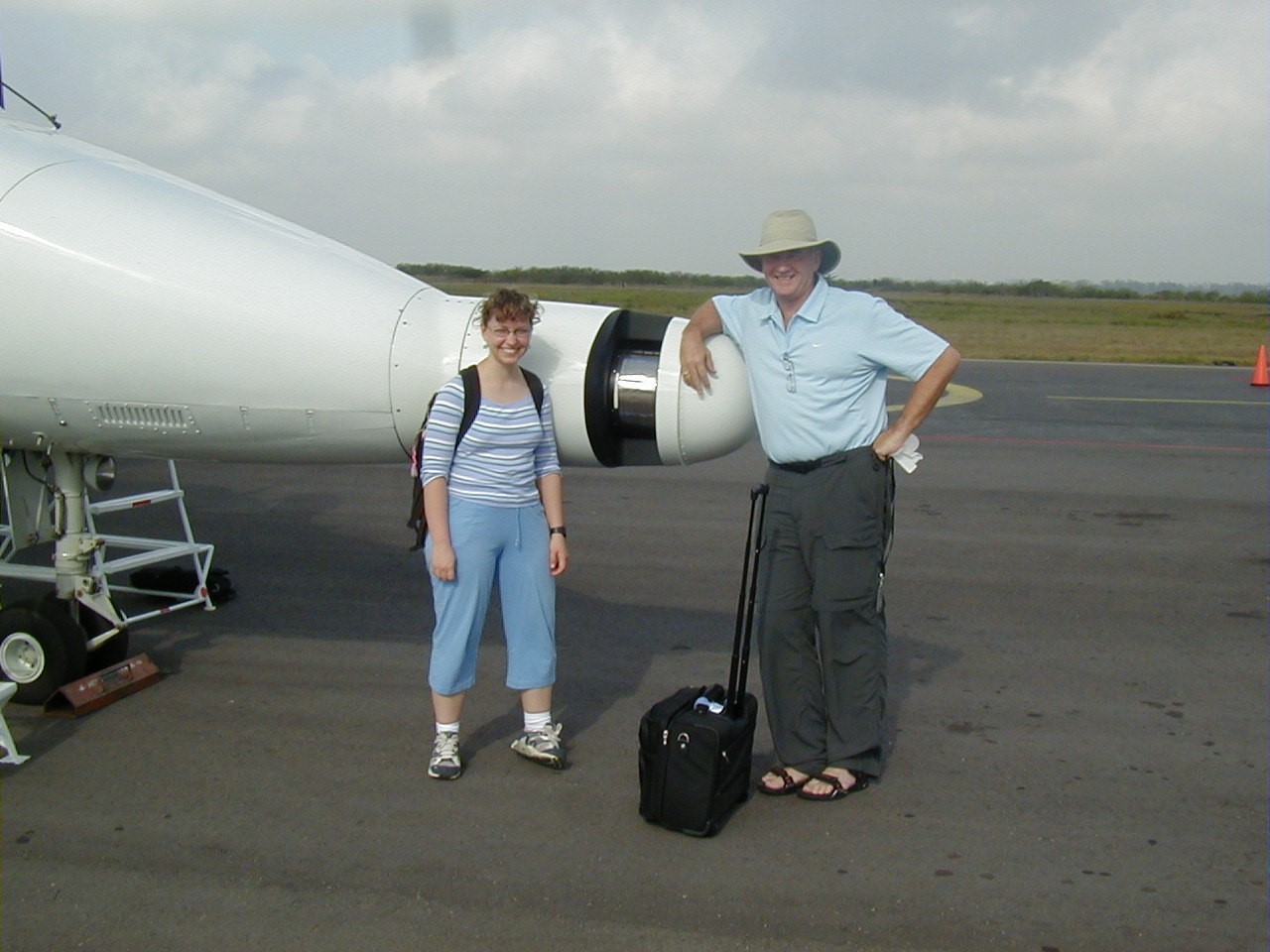
What keeps you here?
I stay because I like the work and my job continues to evolve. I began as a programmer and now I’m a research scientist. It’s always changing and I’m always doing something new. I never get bored. After working in astrophysics for four years, I found that the studies were too theoretical for my liking so I turned to satellite remote sensing and never looked back.
I’m still shaking the tree. I don’t yet know what will fall out of it. I may never make any major discoveries, but that’s really not the point. I enjoy looking at things from different points of view and noticing new things. I like taking things that we may already know about and putting them together in new ways to see what happens.
What lessons or words of wisdom would you pass along to somebody just starting their career at Goddard?
If you get a crazy idea, try it out. The craziest idea is the one that just might work.
Does your husband work at Goddard?
Yes, he is a software engineer. We met in the computer lab our freshman year and married after I graduated. We have a son and two daughters.
Is there something surprising about you, your hobbies, interests or activities outside of work that people do not generally know?
In 2005, I began rehabilitating abused horses at the Days End Farm Horse Rescue in Woodbine, Maryland. I enjoying getting horses to trust and accept people so that they can move on and get adopted out. I end up using a lot of the same behavioral modification techniques on my kids.
Communication with horses is all about body language. They communicate with you if you just listen. You can figure out what they are saying if you pay attention. You also have to be calm, especially around abused horses. You have to be very clear about your intentions, which come through in your body language. You have to be focused. Their cues are very subtle, but you can learn to read them if you silence yourself. The first step is always observing, which transfers to being a scientist too. I like observing things.
By Elizabeth M. Jarrell
NASA’s Goddard Space Flight Center, Greenbelt, Md.

Conversations With Goddard is a collection of Q&A profiles highlighting the breadth and depth of NASA’s Goddard Space Flight Center’s talented and diverse workforce. The Conversations have been published twice a month on average since May 2011. Read past editions on Goddard’s “Our People” webpage.


























